Our Services
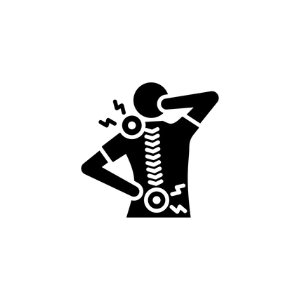
Back & Neck Pain
Back and neck pain are the most common issues we treat with the most effective, personalized programs to help you recover and stay pain-free. Whether you’re suffering from tight, stiff muscles, disc problems, arthritis, or nerve pain, our compassionate and highly skilled Doctors of Physical Therapy are able to help you.
VIEW MORE... »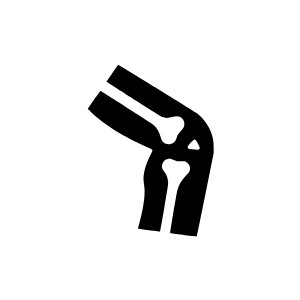
Orthopedic & Sport Injuries
We provide expert care for orthopedic injuries and sports-related conditions—helping you move better, feel stronger, and get back to the activities you love. Our team of compassionate Doctors of Physical Therapy uses hands-on techniques, customized exercise programs, and movement retraining to treat everything from everyday aches to complex injuries.
VIEW MORE... »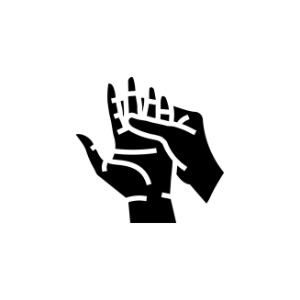
Occupational (Hand) Therapy
Our occupational therapy services are designed to help you regain your independence and confidence in everyday life. Whether you’re recovering from an injury, dealing with a neurological condition, or struggling with simple daily tasks, our experienced occupational therapists focus on helping you get back to doing what’s important to you—safely and comfortably.
VIEW MORE... »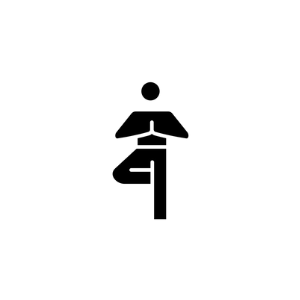
Balance & Vestibular Disorders
We gradually loose strength in our 30’s if we are not exercising properly. Lack of strength causes us to not move our limbs and body well, making us not feel sure on our feet. In addition, neck mobility and eye-to-body coordination also diminish over time, which further puts us at risk of falling.
VIEW MORE... »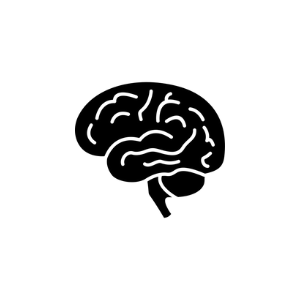
Parkinson's Disease
Our extensive Parkinson’s Program is a one-of-a-kind in the region. All physical & occupational therapists are certified in Rock Steady Boxing training techniques. Several of our therapists are also certified LSVT Big movement certified. We “hold no punches” when training our Parkinson’s patients to reach better levels of mobility, strength, and independence.
VIEW MORE... »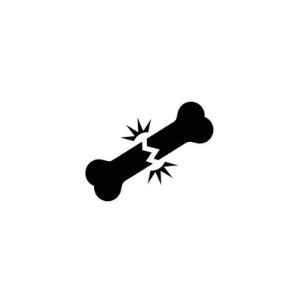
Osteoporosis Program with BioDensity
Are you doing enough to strengthen your bones if you were to fall? If you answered “NO,” then you are not alone. Many people are not doing enough.
VIEW MORE... »